Earle Perry Charlton
Pioneer of Canada and the West (1863-1930)
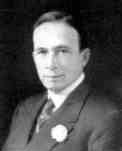
Earle Perry Charlton was born in Chester, Connecticut on 19 June 1863. His father James was the local blacksmith. From an early age Earle wanted to become a merchant. His first contact with members of the Woolworth Syndicate is thought to have been as a salesman Thomas C. Newell & Co., a wholesale of kitchen and window goods. After eight years as a travelling salesman Charlton had saved several hundred dollars. He was intrigued by the success of the Five-and-Ten Cent Storess and struck up a friendship with the Woolworth brothers' cousin Seymour Knox at his store in Buffalo, New York, which was a joint venture with Frank.
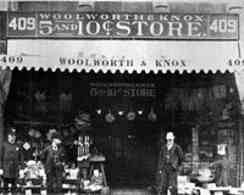
Knox had opened his first store in Reading, Pennsylvania. It was a joint venture with his cousin. He later sold out to Frank as part a move to open in Newark, New Jersey and Eerie, Pennsylvania. Newark had failed but Eerie had proved a winner. By 1888 the two men had also opened stores in Longport and Buffalo in Niagara County to the north of New York State. Frank Woolworth was keen to raise the capital to open future stores under his own name and had set his sights on an ambitious opening in Syracuse, New York. Knox took the opportunity to buy out his partner.
In 1889 Earle Charlton approached his friend about the possibility of opening a Five-and-Ten. In December that year the two men agreed a partnership in which they would open stores together and (after salaries and expenses) plough their profits into further joint openings. Knox's existing stores were not included in the partnership and continued to operate independently. Their goal was to extend westwards into States that had yet to discover the wonders of the Five-and-Ten, while also pushing into Canada.
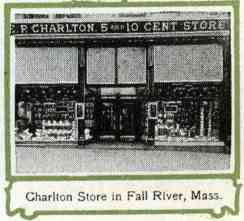
Charlton would need help from his friend to learn the ropes, but would bring fresh perspective, energy and lots of commercial acumen. Knox got the Woolworth Brothers' blessing for his new partnership. Frank knew that it would boost his buying power considerably.
Knox and Charlton set about searching for a location for their first joint venture, and opted for the fishing port of Fall River in Massachusetts. Charlton agreed to manage the store. He drew a salary of $10 a week, with an option to take a further $50 per month advance on profits. Knox's role was to provide advice on demand. From the outset he gave his partner room to experiment, always within Frank Woolworth's broad principles.
The first Knox and Charlton 5 & 10¢ opened in South Main Street, Fall River on 22 February 1890. The small store had $100 of stock at cost, equivalent to approximately $140 at selling price, which both men thought would be plenty. The new phenomenon went down a storm! By the end of the first day the counters had been stripped and virtually every item was gone. The next day they had to stay closed and dash to rustle up $200 of fresh merchandise. This sold out too. Charlton knew that he was onto a winner.
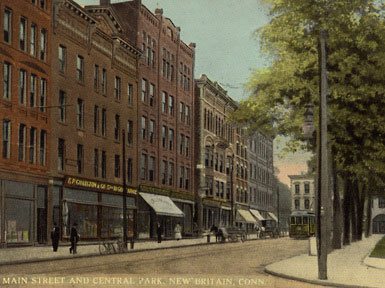
Over the next five years Charlton established his headquarters in Fall River and managed the store personally. In parallel he scouted for locations to open with Knox. Hartford and New Britain, Connecticut and Lovell, Massachusetts each opened between 1892 and 1895. Each proved successful, as the partnership generated a good profit.
The relationship between the partners was cordial. Charlton was tolerant, allowing his senior partner to open stores under his own name outside their agreement when funds were tight. He bought proportionally more of his stores' merchandise himself than other Woolworth Syndicate Members, showing strong commercial acumen as both a merchant and a seller. He was keen to learn about manufacturing and took an active interest in his suppliers.
On 1 January 1896 the two decided to divide their spoils and to operate independently. The break-up suited both men, who remained firm friends and continued to exchange notes about their progress. Such horse-trading was common among the Syndicate's friendly rivals. Frank Woolworth's buying remained a common thread. Knox retained the store in Lowell, Massachusetts, leaving Charlton with three stores at the break-up. The reasons for the split are not clear. The two men's stores appeared very similar to those of Frank and Sum Woolworth, William Moore and Fred Kirby. But their approach to expansion was different. Charlton preferred to establish stores from the ground-up, choosing new locations, finding premises and agreeing the lease himself. Knox was anxious to open as many stores as possible, and made it practice to buy out rival chains, often by agreeing to share profits with the previous owners for an extended period after the handover.
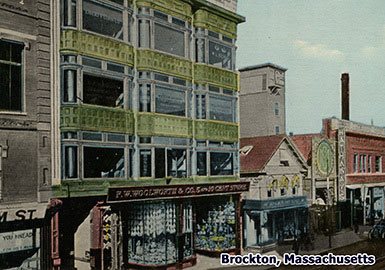
Initially Charlton focused on New England, opening nine stores between 1896 and 1899. Then he made a momentous and brave decision. He had carefully surveyed the market and had looked at the strengths of his friendly rivals. He had concluded that if he continued to expand in New England he would find himself competing with the Woolworth Brothers, Seymour Knox and Fred Kirby. Instead he decided to look further north to Canada in the area to the west of the Rocky Mountains.
In preparation for the new strategy he sold nine of his twelve stores to Frank Woolworth, at a stroke disposing of the branches he had recently opened in Danbury and Hartford in Connecticut, along with six outlets in Massachussets (Brockton, Fitchburg, Gloucester, Lawrence, Meriden and New Bedford) and one in Lewiston, Maine.
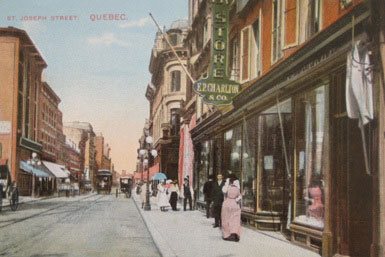
Charlton used the capital to launch a major opening drive in Canada. His first openings were in Catherine West and St Lawrence Street in Montreal, then Sparks Street, Ottawa, before a third Montreal store in St Joseph's Street (left).
Each opening required research, negotiation, recruitment and team development. Initially Charlton managed everything. Considerable stamina was required to achieve a rapid opening programme. He built a critical mass and a pool of future Store Managers and Executives to draw on. It is a testament to Charlton's first store selections and choice of territory, that he was able to fund a rapid openings programme from profit, without the need to borrow.
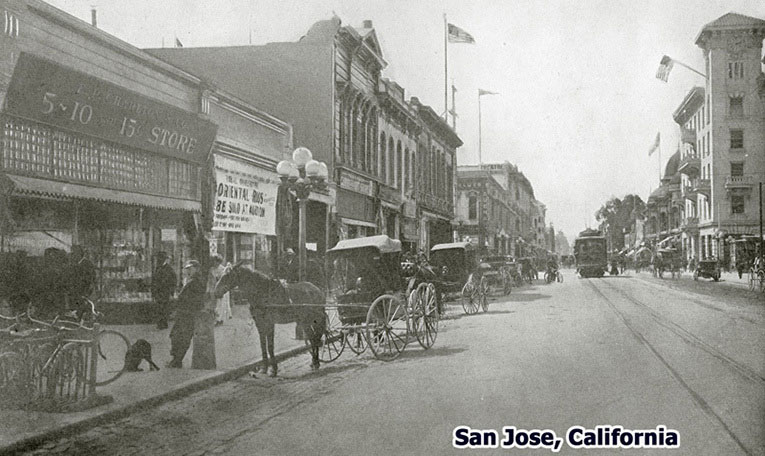
After eight openings to the west of the Rocky Mountains in Canada, Charlton turned his attention to the US States west of the Rockies. He opened a large, well appointed store in South Broadway, Los Angeles in the Autumn of 1905 with encouraging results, shortly followed by five further openings in California. In parallel new stores were added in Tacoma, Washington and Sherbrooke, Quebec. Only weeks after opening a large and very well appointed store in Market Street, San Francisco, the City was raised to the ground by a major earthquake. Fortunately, by this time Charlton had such a good formula for opening a store, that he was able to re-open near the original Market Street 5 & 10¢ just two weeks after the disaster. He was the first retailer to do so.
Strictly speaking the stores to the west of the Rockies were not Five-and-Tens. As early as 1900 they opened as 5, 10 and 15 Cent Stores, reflecting the higher costs of shipping of some of the range such a long distance from New York. Many of the fifteen cent lines originated in Europe and were supplied by the Woolworth Syndicate through their reshipping warehouse in 6th Avenue, New York City. Customers readily accepted the price hike, as the goods were still exceptionally good value for money, and because there was much less competition than in New York, Pennsylvania and New England.
On 14 June 1907 Charlton followed the lead of the other friendly rivals in incorporating his company, becoming the President of a Corporation instead of simply its owner. 20,000 shares were issued at $100 each, giving the 20 strong chain a value of $2m. As with the other Friendly Rivals, the stock was split 50/50 between preference shares with a guaranteed return of 7% and common stock which would only pay a dividend if there was a surplus after the preference shareholders had been paid and cash reserves had been topped up. Shares were sold only to family, friends and employees.
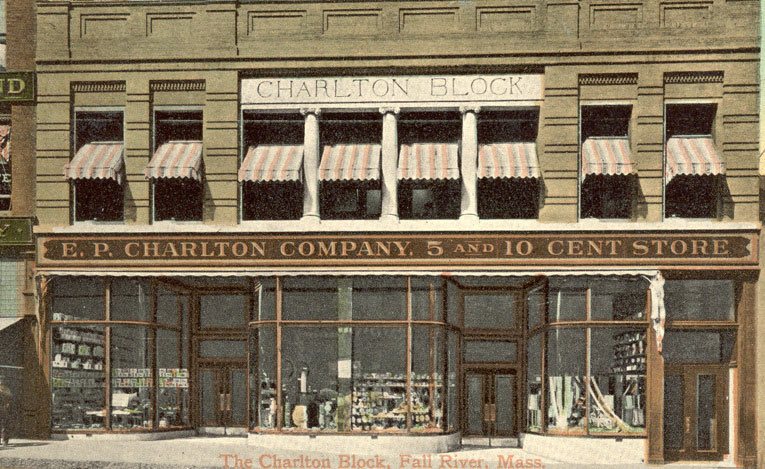
In 1908 a larger headquarters store was opened in Fall River, a few doors along South Main Street from the original. A sign in the parapet wall above the new, wider frontage read 'Charlton Block'. Its salesfloor was very well appointed and drew a number of features from Seymour Knox's store in Detroit, Michigan, with ideas also from Sum Woolworth's Scranton and Frank Woolworth's skyscraper in Lancaster, Pennsylvania. Each of these stores boasted brightly polished wooden floors and elegant mahogany counters, some with glass fronts. Each store was brightly lit with electric lamps.
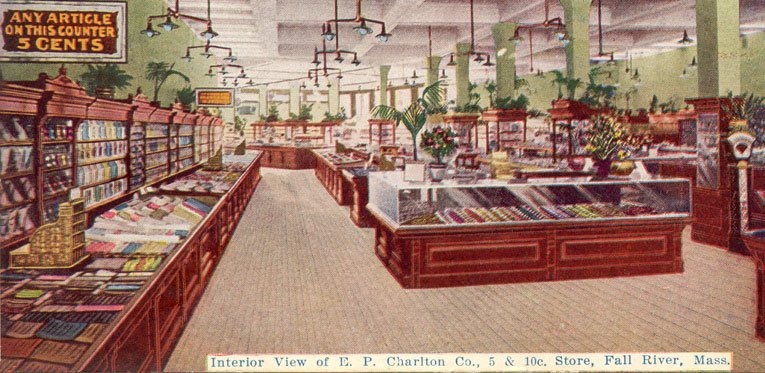
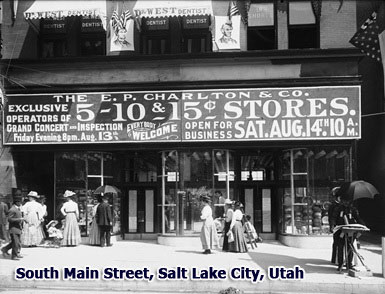
The decision to push the upper price to fifteen cents in the West was a wise one. This allowed Charlton to open stores in hard-to-reach places like Salt Lake City, Utah. The differential helped to fund the additional cost of shipping goods. Charlton's stores in Salt Lake City and Ogden, Utah and Butte, Montana, still created a sensation, offering customers much lower prices than they had seen before.
Openings continued at pace, alternating between far flung parts of Canada, expansion in California and a few nearer to Fall River. A further 5 & 10¢ in Market Street, San Francisco, near the spot where he had lost a buidling to the earthquake of 1906, proved a particular hit. By 1911 sales at the top selling store in South Broadway, Los Angeles exceeded $370,000 pa, and no less than six branches were taking over $150,000.
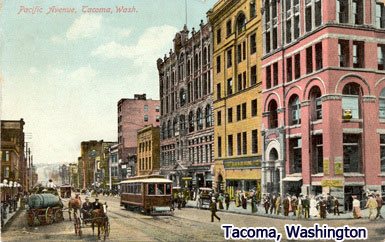
By 1909, with his 5 & 10¢ chain expanding rapidly, Charlton made time to branch out into manufacturing. He launched 'The Charlton Mill' in Fall River as a separate, independent business. He juggled his time between the two enterprises, proving adept at keeping his eye on more than one ball. Any young, wayward Store Manager in the wilds of the west who thought the boss would not notice if he broke the rules soon got a rude awakening. Charlton kept across every detail of his stores' operation.
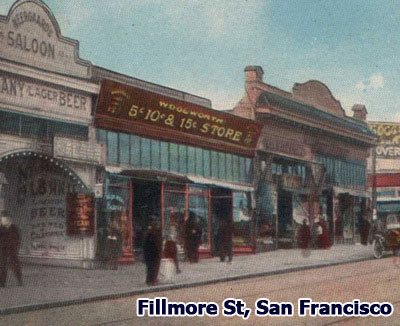
In 1911 Frank Woolworth proposed a radical scheme. He argued that the friendly rivals should merge into a single, huge corporation and sell shares publicly. Controversially he insisted that the new chain must have his name over the door (left). Much of the year was spent in covert meetings between the Founders of the chains, thrashing out the details of the merger. It seems Woolworth won the day partly by horse-trading but mainly because of the exceptional price that brokers believed each Pioneer could achieve.
The negotiations revealed Charlton's strengths. His decision to head west of the Rocky Mountains had been inspired, making the new corporation truly national, attracting a price premium. He also had a deep bond with his people, obtaining security for all of his Managers and Staff.
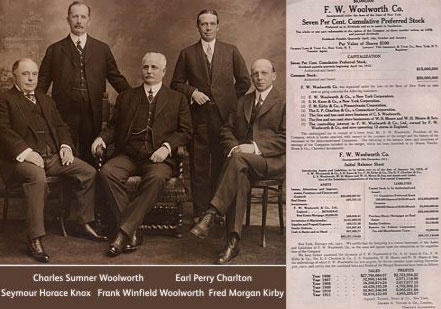
The merger proved popular with investors, and was celebrated with portrait photos which were displayed in every store. Charlton, in common with the other Friendly Rivals was appointed a Director and SVP of F.W. Woolworth Co. His 58 stores produced a personal bounty of $6.5m.
In the new role Charlton no longer needed to concern himself with the minutiae of running a shop chain. As a Director he attended around two days of Board Meetings each month in New York. He made the trip each month for 28 years. He proved a key adviser, helping the five-and-ten to define a highly effective growth strategy.
Charlton used his new-found free time to develop the Charlton Mill in Fall River, Massachusetts.
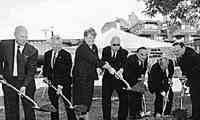
Rather than fritter away the immense riches generated by the merger, in parallel with his work, Charlton established a charitable foundation which continues to do a great deal of good work to this day. Over almost a century it has given the modern-day equivalent of $1 billion to fund hospitals, schools and universities. Proportionally Charlton gave more of his fortune to charity than any of the other American Merchant Princes of the early twentieth century.
Earle Perry Charlton died on 20 November 1930 at the age of sixty-seven. He had been highly active up until the last summer when he was taken ill. Besides being a skilled merchant and entrepreneur, he was also a proud family man and a respected friend to many people in the Five-and-Ten business and beyond. He built a reputation for integrity and honesty in his dealings, both professionally and in supporting his staff even in difficult circumstances. It is a measure of the man that he planned for the future, with generous legacies for his family, staff and those who had helped him throughout his life, but still left the lion's share of his estate to good causes. They still benefit to this day.
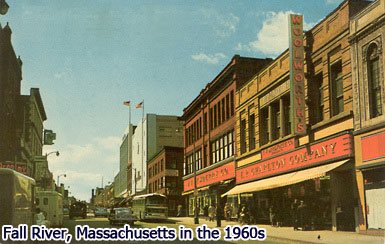
By way of a post script to the story, the Fall River 'ground zero' store traded under an E.P. Charlton Co, fascia until 1970, and was a highly revered location for much of that time. The Mill survived two World Wars and the Great Depression, finally closing its doors in the Fifties, years after changing hands.
After much wrangling, two local hospitals, both of which had received regular support from the Charlton Trust, finally decided to merge. One of the areas of agreement was a new name. It became 'The Charlton Memorial Hospital'. The family name continues to command respect across Massachusetts.
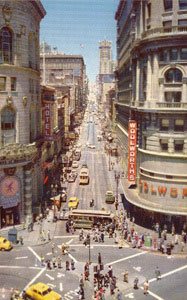
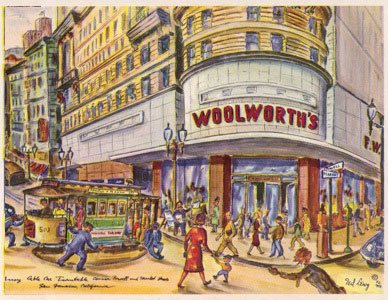
E.P. 'Chuck' Charlton II served for over 25 years. In 1955 he was Assistant Manager of the former 'EPC' in San Francisco when it moved to the iconic corner of Market Street and Powell.
Millions of pictures of the store survive, as the backdrop to snaps of the cable car turntable outside the main door.
Chuck rose to the exalted position of VP and Regional Manager for the Pacific States, overseeing stores in the area 'pioneered' by his father at the turn of the century. With impeccable timing, he played a key role in the centenary celebrations in June 1979 before taking a well-deserved retirement after a stellar career with 'the family business'. Since then he has taken a guiding role in a number retail ventures, as Earle Perry Charlton II has continued the family's long-standing tradition for good works, endowing scholarships at the University of Massachusetts and the Charlton Business School. He co-wrote a splendid and highly informative biography of the Five-and-Ten Pioneer, 'The Earle Perry Charlton Story' with George Winius, which helped to inspire this biography.
Shortcuts to related content
1900s Gallery
US Expansion:
Founder Biographies
UK beginnings
Financing and setting up the Company
Join us on opening day in Liverpool
Museum Navigation